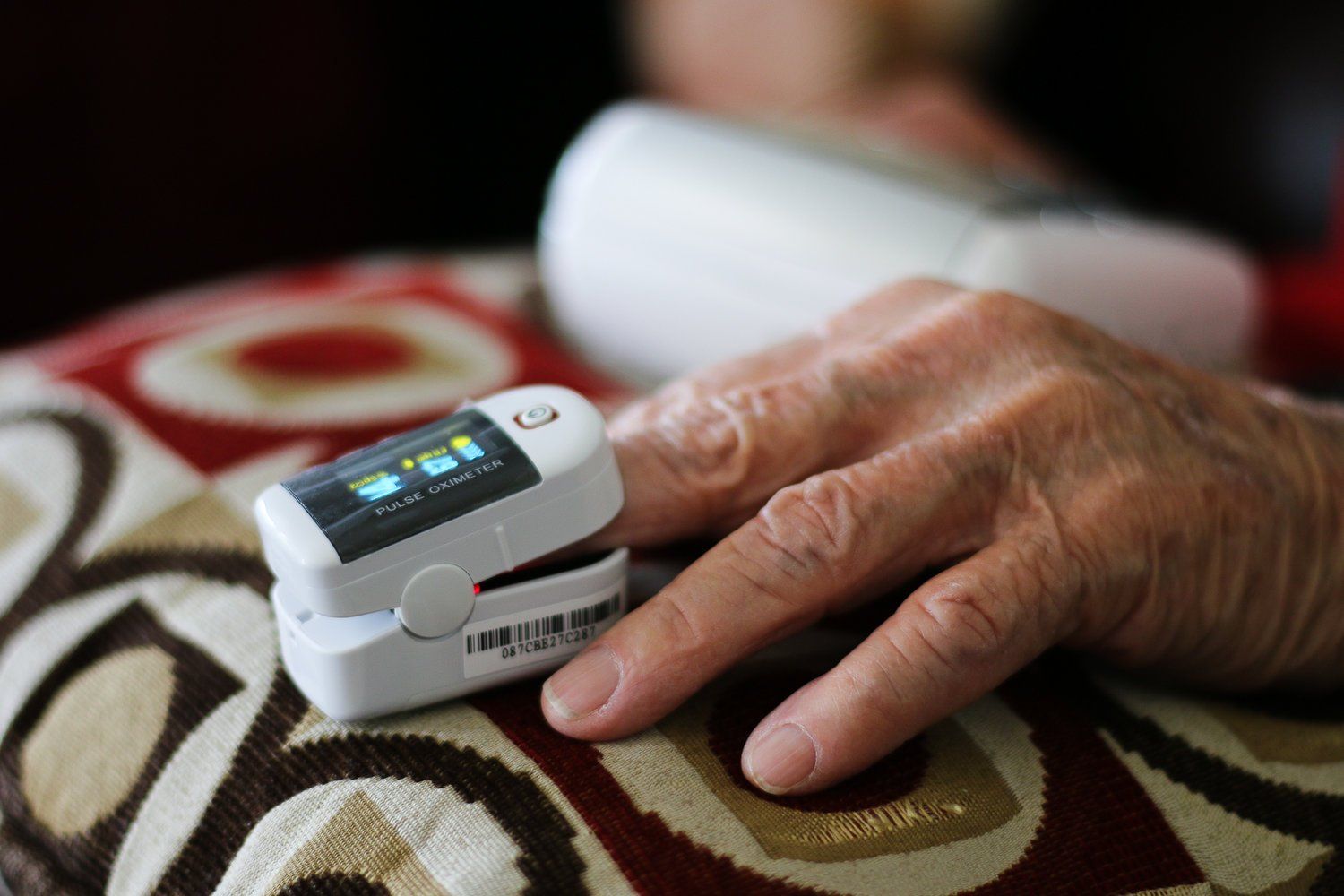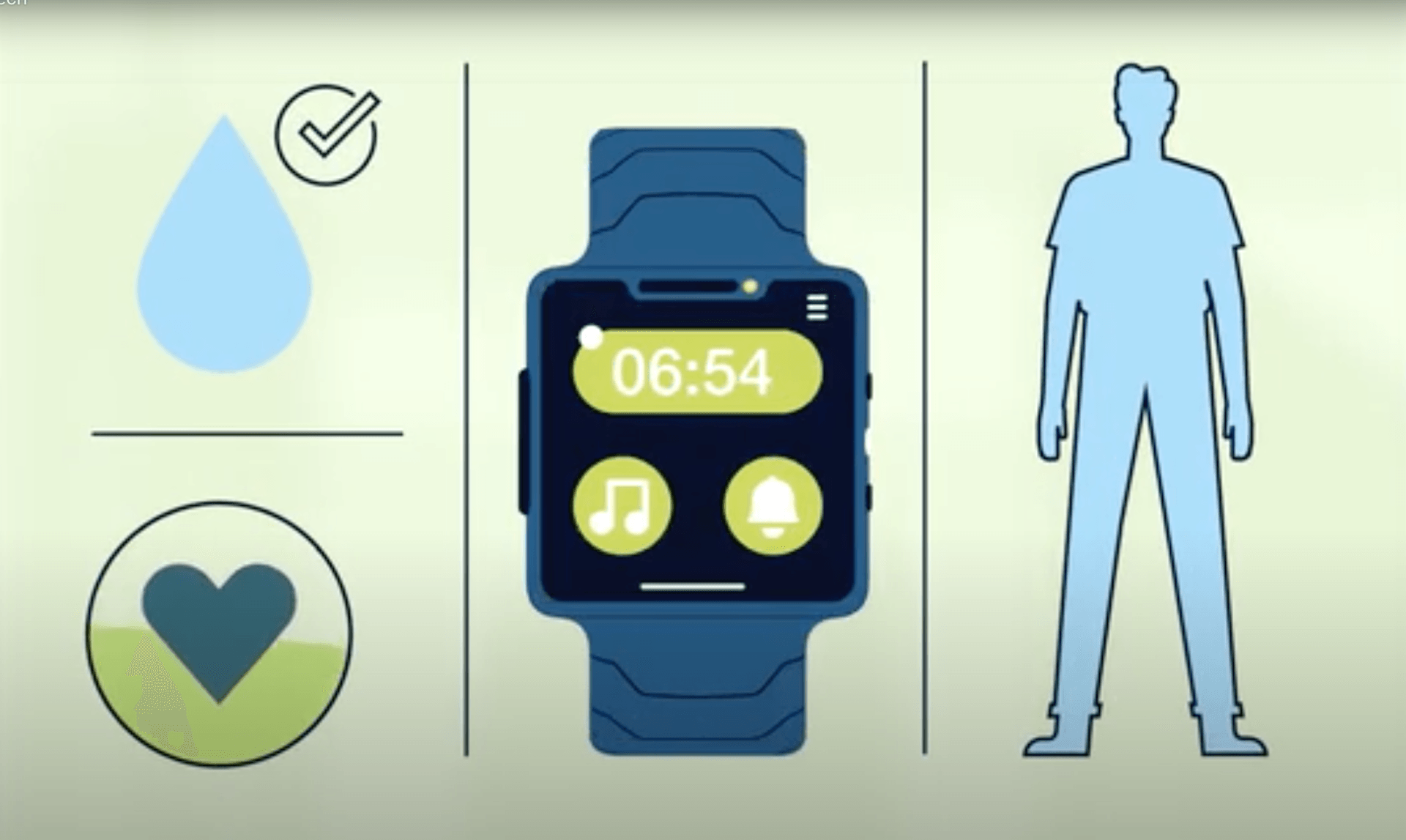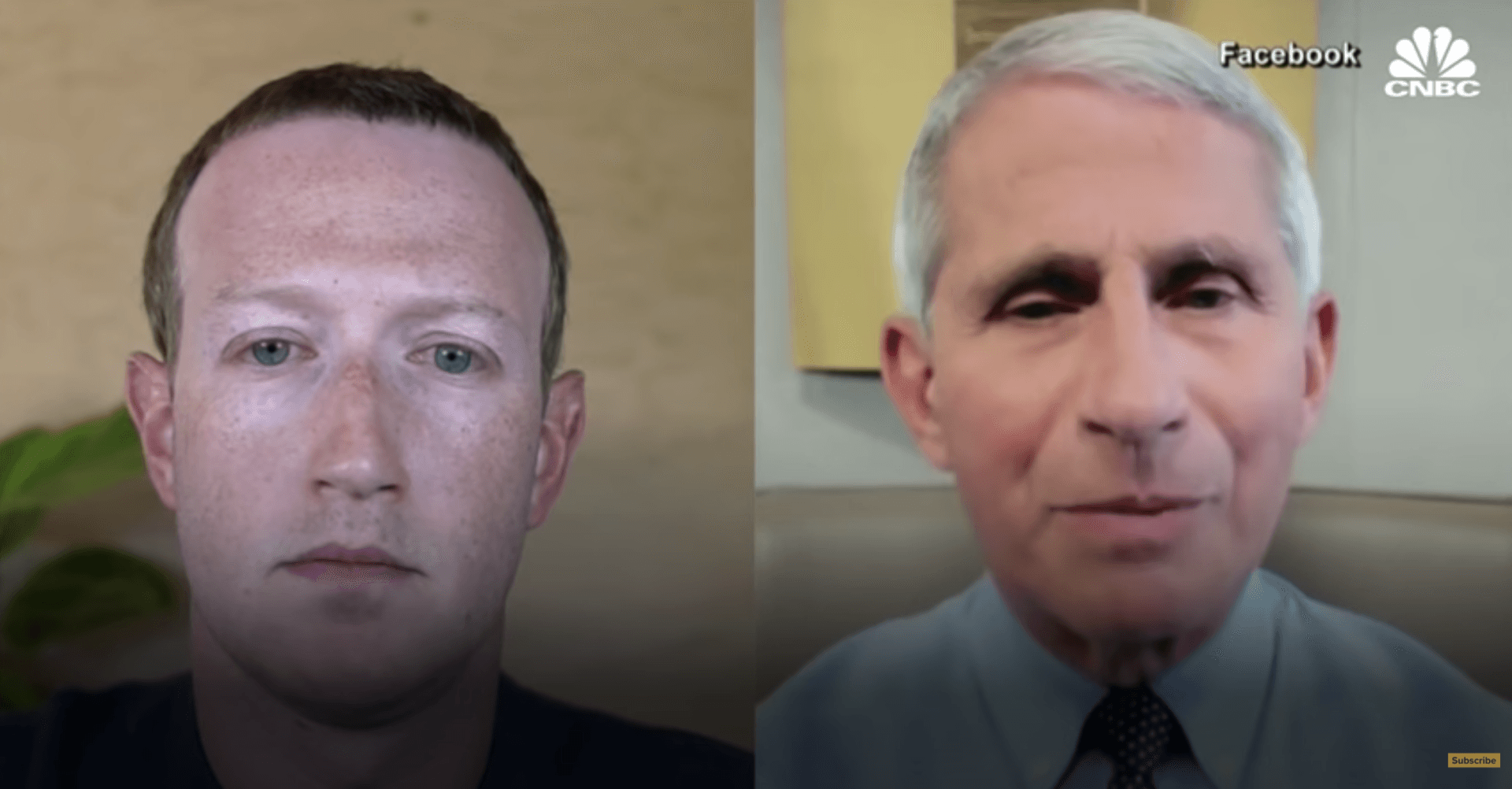USC expands telehealth to keep patients & workers safe amid coronavirus pandemic
Eric Lindberg • April 4, 2020
USC expands telehealth to keep patients & workers safe amid coronavirus pandemic
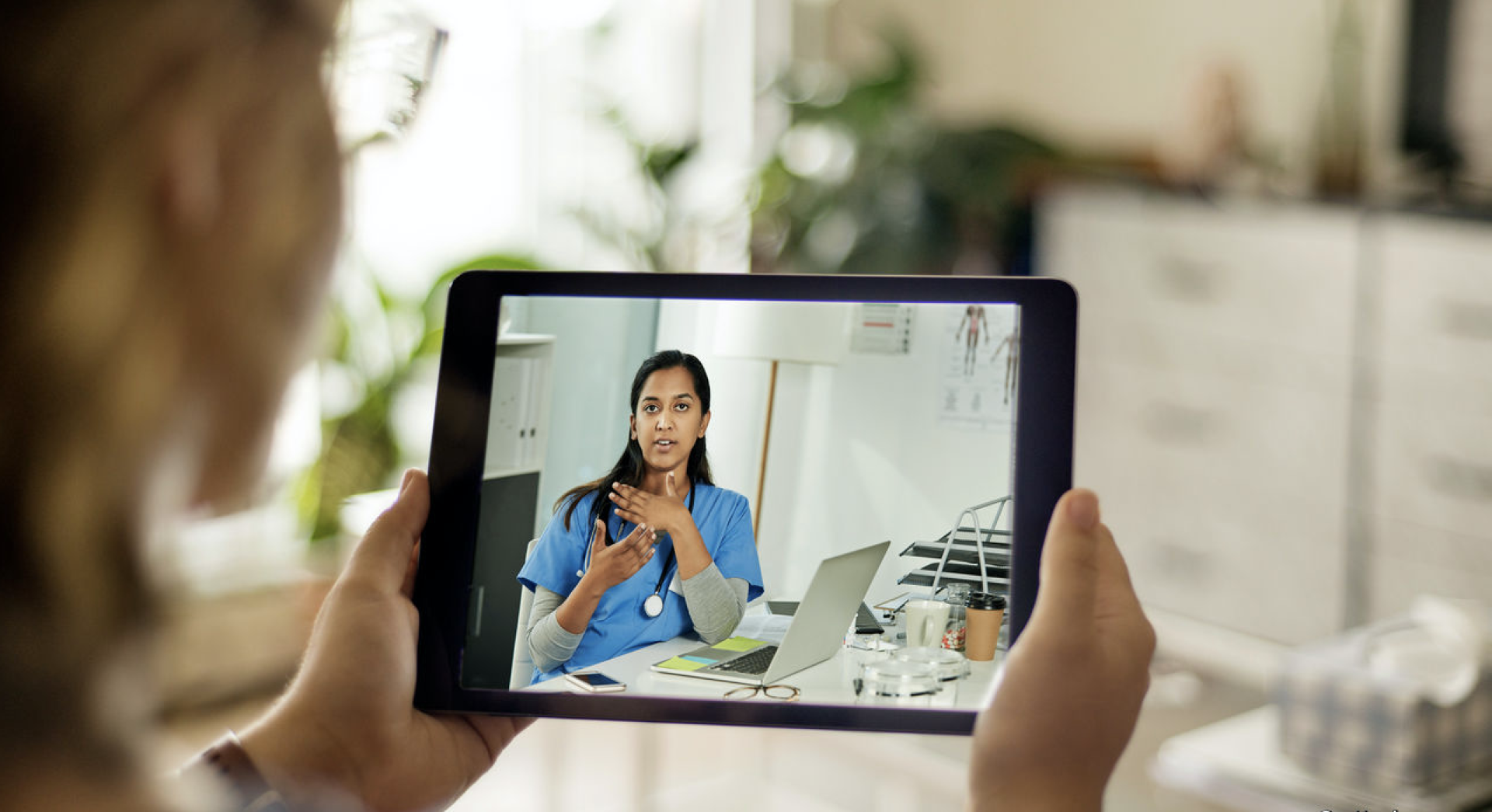
Going to a hospital or clinic can be scary for people who need to see a doctor but are worried about the growing coronavirus pandemic.
Thankfully, many of those seeking care from doctors, nurses and other health care workers at Keck Medicine of USC have another option: a video visit from the comfort of their home.
All health care providers with Keck Medicine’s hospitals and clinics throughout Southern California are now credentialed to practice telemedicine. They’ve checked on thousands of patients during the past few weeks using videoconferencing technology, eliminating the risk of spreading COVID-19 to these patients through their practices.
“What is so heartwarming is when our patients can see their doctor and there is definitely still that connection,” said Laurie Johnson, chief ambulatory officer at Keck Medicine. “That smile and warm touch still comes across, even when it’s a telemedicine visit. Our patients are thrilled, and I see how our doctors are adapting to this, too. Through a stressful and difficult time, we’re seeing that humanity come through.”
It’s all thanks to a massive push by health care providers, information technology specialists and hospital and clinic administrators to expand telemedicine at USC. In only a month, what had been a small pilot project in a handful of clinics grew into a full-fledged system that now keeps Keck Medicine patients and health care workers safer.
“All these resources went into overdrive and rapidly rolled out at scale what we previously had been doing at a snail’s pace,” said Dilip Parekh, professor of clinical surgery and chief clinical officer for digital health and Keck Medicine’s provider network. “We went from something like 15 visits a week to almost 1,000 visits a week in a matter of a couple of weeks. It’s really a testament to teamwork.”
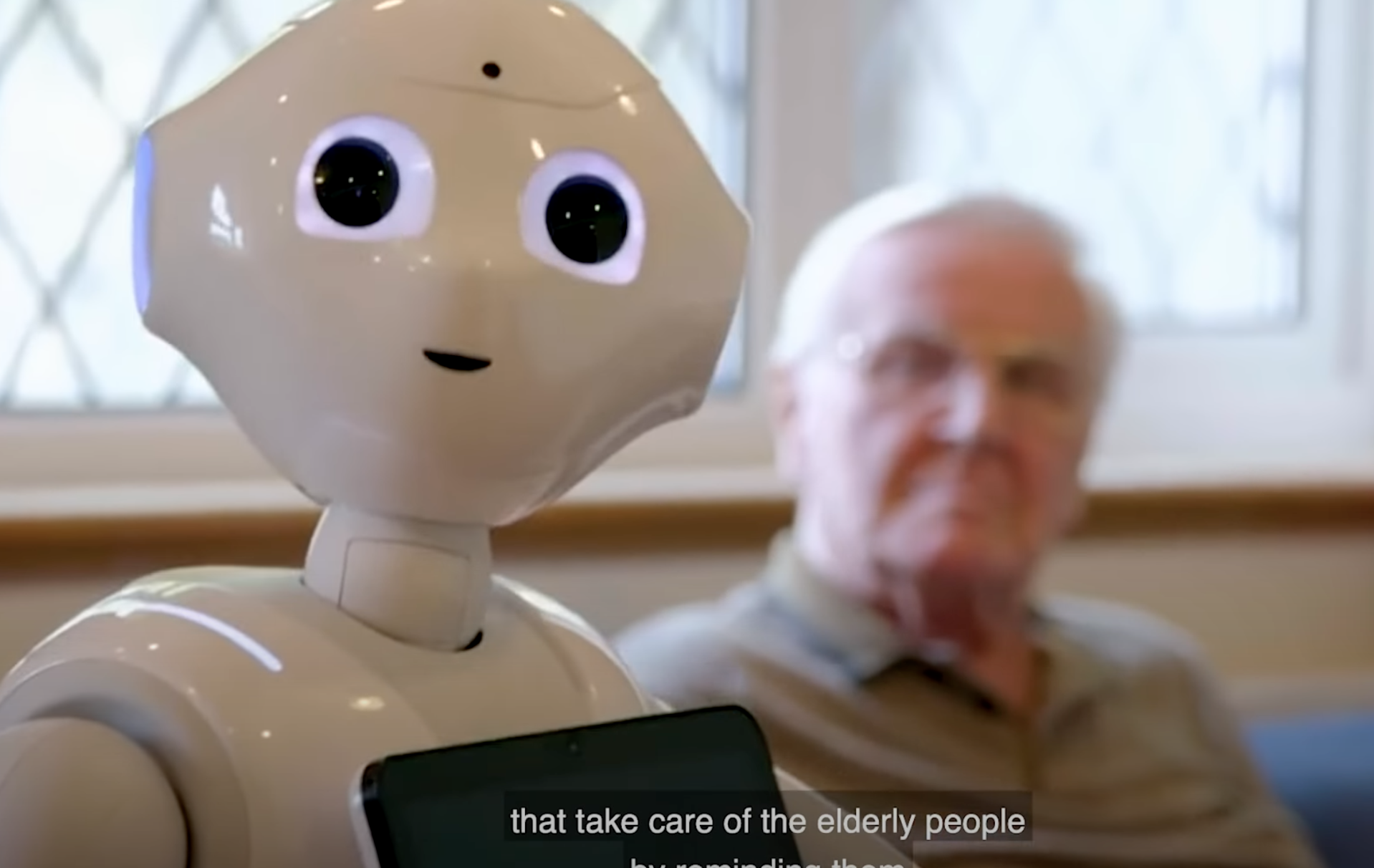
The weakness of the present healthcare system revealed by the Covid-19 crisis, along with the rise in chronic diseases associated with lifestyle changes and a rapidly aging population worldwide will shape the future of healthcare. Next-Generation Research Analyst Dr. Damien Ng took a close look at recent developments in digital healthcare, genomics, and extended longevity.
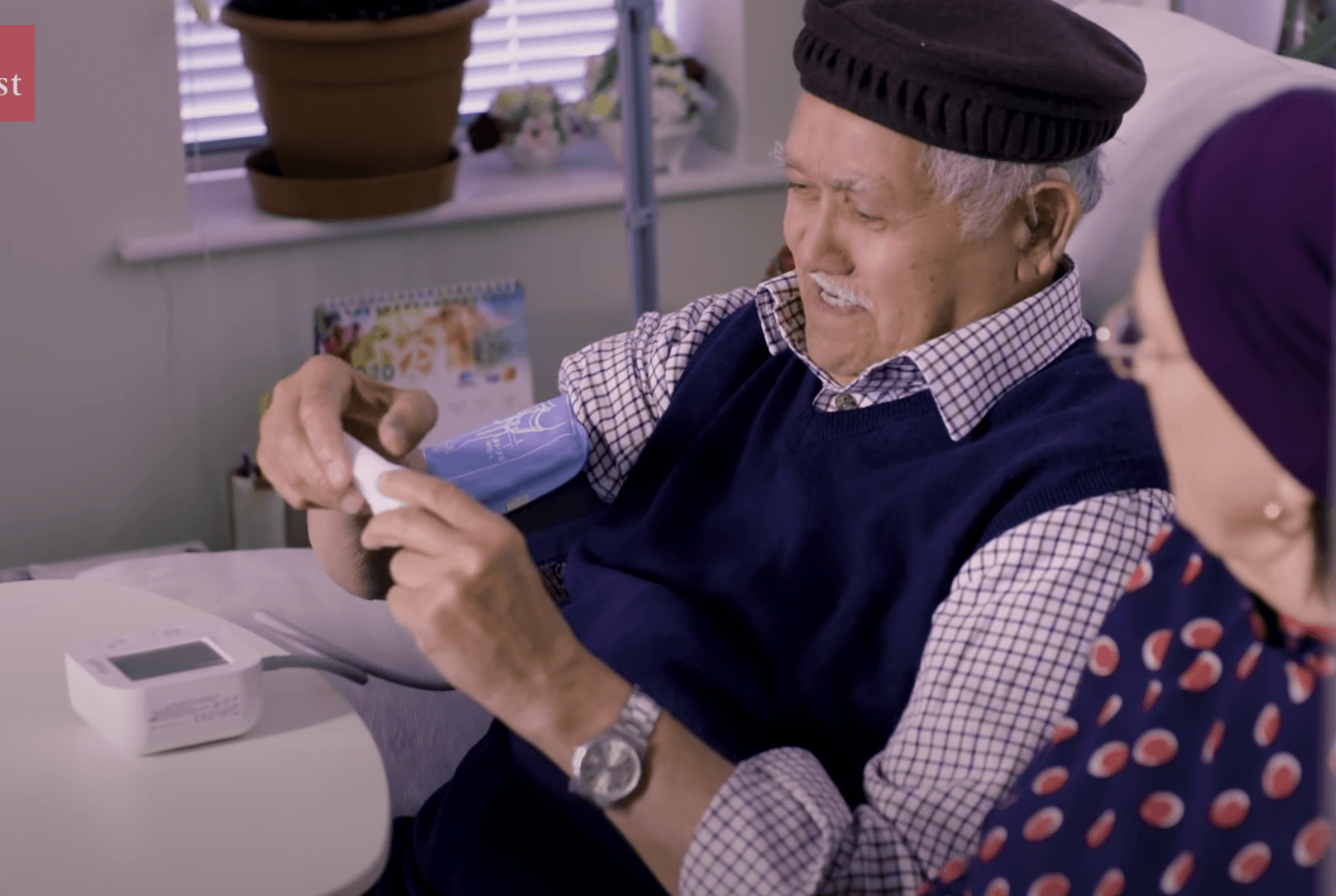
The COVID-19 pandemic has affected many elderly from receiving proper care. It has further highlighted problems faced by the elderly with dementia and chronic diseases
In this video presented by The Economist, watch how COVID-19 pandemic has impacted the elderly and how we can strive to improve the efficiency for elderly and chronic care with the rise of remote patient monitoring technology.

Improvements in technology and changes to insurance reimbursement rulings have helped increase the acceptance of telemedicine. Without it, doctors and therapists wouldn’t be able to connect with patients as easily, especially during the pandemic.
As telemedicine has become widespread, professionals and patients have grown more comfortable connecting virtually. Telemedicine isn’t meant to take the place of face-to-face visits. While it does have some disadvantages, which we’ll get into later, its benefits are undeniable.
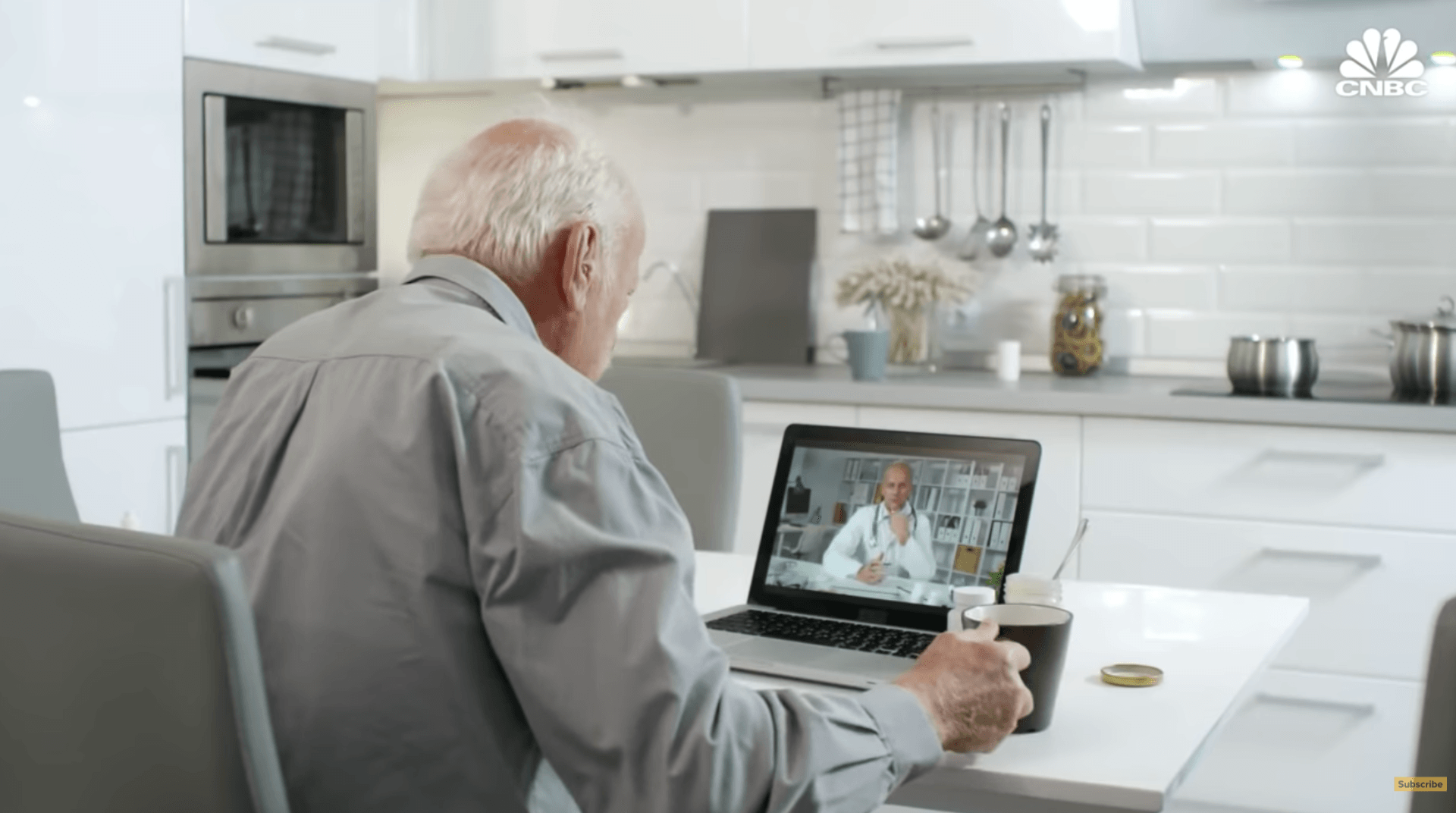
Telemedicine termed a 'silver lining' of the coronavirus pandemic. This time, it might just be true.
Telehealth use surged from 8% of Americans in December to 29% in May as primary care, mental health and specialists turned to remote care out of necessity during the COVID-19 pandemic, according to a UnitedHealth Group report.




